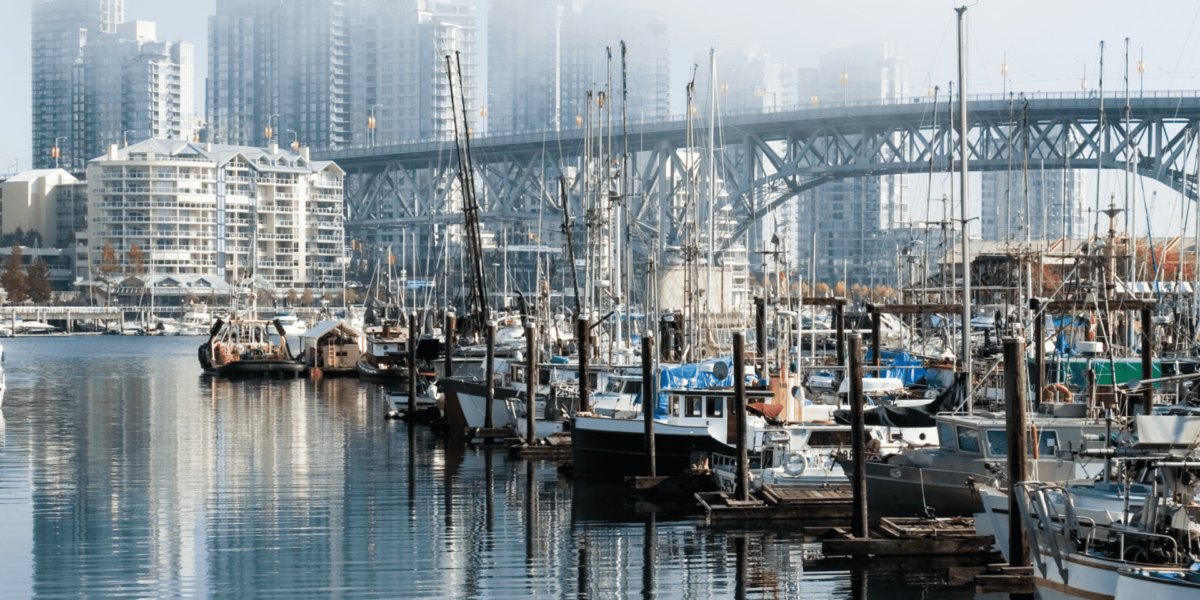Vancouver’s fog is more than weather—it shapes how the city looks, feels, and photographs. The thick mist often rolls in from the Pacific, covering the skyline, softening street lights, and turning familiar buildings into ghostly silhouettes. For photographers, this creates a unique visual language that shifts daily, sometimes hourly.
Fog changes how we interpret the city’s lines and spaces. It hides some details while highlighting others. What’s visible becomes more important because everything else fades away. This selective visibility turns ordinary scenes into focused compositions full of mood and mystery.
Natural Light Interacts Differently With Fog
In fog, light behaves in unexpected ways. It bounces, scatters, and softens. For photographers in Vancouver, this provides a toolset that can’t be controlled but can be anticipated. Shadows disappear. Bright areas stretch and blur. The overall effect creates a muted palette that pulls viewers into the image instead of pushing them back.
The quality of light on a foggy morning differs from any other weather. It shifts colors toward grey, blue, or warm yellow depending on time and location. These subtle tones help photographers express emotion without staging or editing. The fog does the heavy lifting—naturally.
Fog Alters Familiar Locations
Photographers in Vancouver often return to the same locations, but fog ensures the image will never look the same twice. Parks, harbors, streets, and high-rises all transform when wrapped in mist. Shapes lose their definition, edges blur, and space becomes harder to measure. This constant change challenges the eye and demands patience.
In this environment, a pedestrian crossing the street becomes more than part of the crowd. The fog isolates their figure, turning a routine moment into a quiet statement. This sense of isolation and mood helps photographers tell visual stories rooted in everyday life.
Vancouver’s Coastal Climate Supports Regular Fog Events
Vancouver’s coastal position contributes to frequent fog, especially in fall and winter. Moisture from the ocean meets colder inland air, forming dense ground-level clouds that hug the surface. These conditions occur often enough that photographers can plan around them. It’s not rare; it’s part of the city’s rhythm.
Early mornings are the most reliable for fog. Light traffic, cold air, and rising sun combine to give each scene depth and subtlety. As the day warms, the fog often lifts, revealing the city below. This window of time pushes photographers to act quickly and observe closely.
Mood Becomes the Focus of Fog Photography
Capturing mood becomes the priority when working in fog. Unlike bright daylight, where color and detail dominate, fog strips scenes to their essentials. Mood emerges through contrast, shape, and movement. The photograph isn’t about showing everything—it’s about showing the right thing.
The viewer might feel calm, uncertainty, stillness, or tension—all based on what’s visible and what’s not. Fog lets photographers lean into those emotions without adding elements. It becomes a tool for honest storytelling, offering more depth than a perfectly clear day ever could.
Equipment Choices Adapt to Low Visibility
Shooting in fog requires specific choices in gear and settings. Photographers adjust to lower contrast levels and reduced clarity. Lenses with a wider aperture help capture more light, while manual focus prevents the camera from drifting in a low-contrast environment. Stability becomes key as shutter speeds drop.
Tripods help stabilize shots in dim light. Filters are avoided, as fog already diffuses light naturally. Editing remains minimal, as the original frame often captures the desired tone. These decisions allow the photographer to respond to conditions rather than control them entirely.
Storytelling Through Subtle Movement
In fog, even slight movement carries weight. A person walking alone. A bus emerging from grey. A cyclist turning a corner. Each motion becomes more noticeable because the background fades away. Photographers use these isolated moments to create narrative within still images.
Motion also interacts with fog. Moving objects disturb it, create trails, or leave behind slight openings. These effects add energy to an otherwise still environment. The fog doesn’t just sit—it moves with the city. Capturing that interaction brings a photo to life.
City Sound and Stillness Influence the Shot
Fog also changes how Vancouver sounds. Noise softens. Distant traffic hums instead of roars. This silence influences the photographer’s pace. Without loud distractions, the process becomes more focused. Composition choices become more deliberate. Each frame feels more thoughtful.
That stillness also reflects in the photos. The lack of visual and auditory clutter creates a sense of pause. Images from these conditions feel meditative rather than chaotic. They show a side of Vancouver that many people miss—one that moves slowly and invites deeper observation.
Fog Offers Authentic Views of Vancouver
Tourism often shows Vancouver in sunshine or at sunset, but locals know that fog defines much of the year. For photographers, this means fog offers authenticity. It shows how the city looks when it isn’t trying to impress—how it behaves before it wakes up or when it begins to rest.
Photographers who shoot in fog tell a truer version of Vancouver. The landmarks are still there, but they don’t compete for attention. The image centers on atmosphere, space, and feeling. These elements tell the story of a city that lives within the clouds—not just beside the ocean or under the sun.
Fog Photography Builds a Visual Connection With Viewers
Images taken in fog invite the viewer to slow down. They require a second look. Instead of scanning for color or action, the viewer looks for emotion and structure. This change in pace builds a stronger connection between photo and audience.
For photographers, that means their work stays with people longer. The quiet scenes, soft shapes, and emotional tones invite reflection. That reflection becomes part of the image’s impact. In this way, fog doesn’t just change what’s photographed—it changes how people see it.
Why Fog Defines Vancouver’s Photographic Mood
Fog doesn’t hide Vancouver—it reveals it differently. It softens noise, redefines space, and lets photographers capture emotion without distraction. This shifting weather isn’t a challenge to overcome. It’s a setting to embrace. In doing so, photographers uncover a more intimate version of the city.
Vancouver’s moods move with its fog. And through a lens, those moods tell stories worth remembering.

